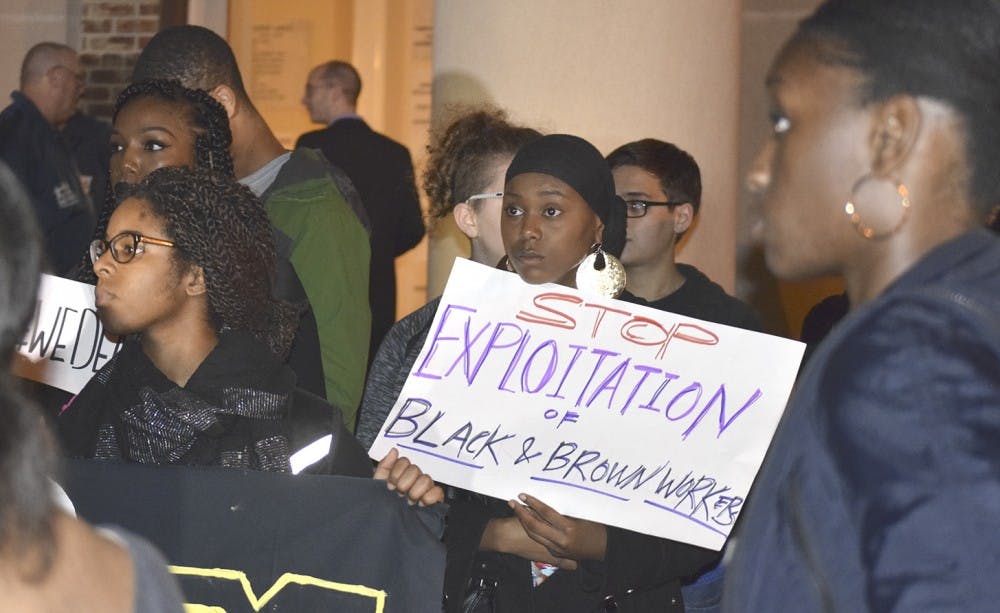This month, after years of pressure from the student body, the University published data from a 2016 survey that measured the racial climate on UNC's campus.
Amid an emphasis on campus diversity in recent years, the newly-released data tables from 2016 provide information on the extent to which the 11,658 undergraduate student, graduate student and staff respondents — of different races, ethnicities, genders and other classifications — felt isolated on campus, were satisfied with campus diversity and more.
The survey data were released this month, less than 15 days before Chancellor Carol Folt and the Board of Trustees' deadline to present a plan to the UNC Board of Governors for Silent Sam. The data comes at a time when conversations on race are at the forefront of University discussions.
When broken down by race, among undergraduates, 63.1 percent of people identifying as Black or African American, 30.2 percent of people identifying as Latino or Hispanic and 8.5 percent of people identifying as white strongly agreed or agreed with the statement: “I feel isolated in class because of the absence or low representation of people like me.”
Folt promised the data would be released in fall 2016 in a campuswide email. But the University released the data last week, after The Daily Tar Heel asked why the survey results hadn’t been released yet.
Fitzhugh Brundage, a history professor at UNC, said he's perceived that the University has been playing catch-up for the past six years.
“I think this catch-up is partially tied to a risk-averse administration and a political environment in which the chancellor and others must be very concerned that the University will be punished by the state legislature,” Brundage said. “I assume that’s the case. My impression is that they’re always walking on eggshells.”
In a statement given to The Daily Tar Heel along with a link to the data, Felicia Washington, UNC’s vice chancellor for Workforce Strategy, Equity and Engagement, said data limitations, such as a large number of incomplete responses, prevented the University from reaching comprehensive conclusions from the survey.
Jerry Wilson, a graduate student in UNC’s School of Education, said he has advocated for the release of the survey’s results for the past two years. He said that while he’s happy that they’re public now, the University still didn’t do as much as it could to make campus welcoming to everyone.



